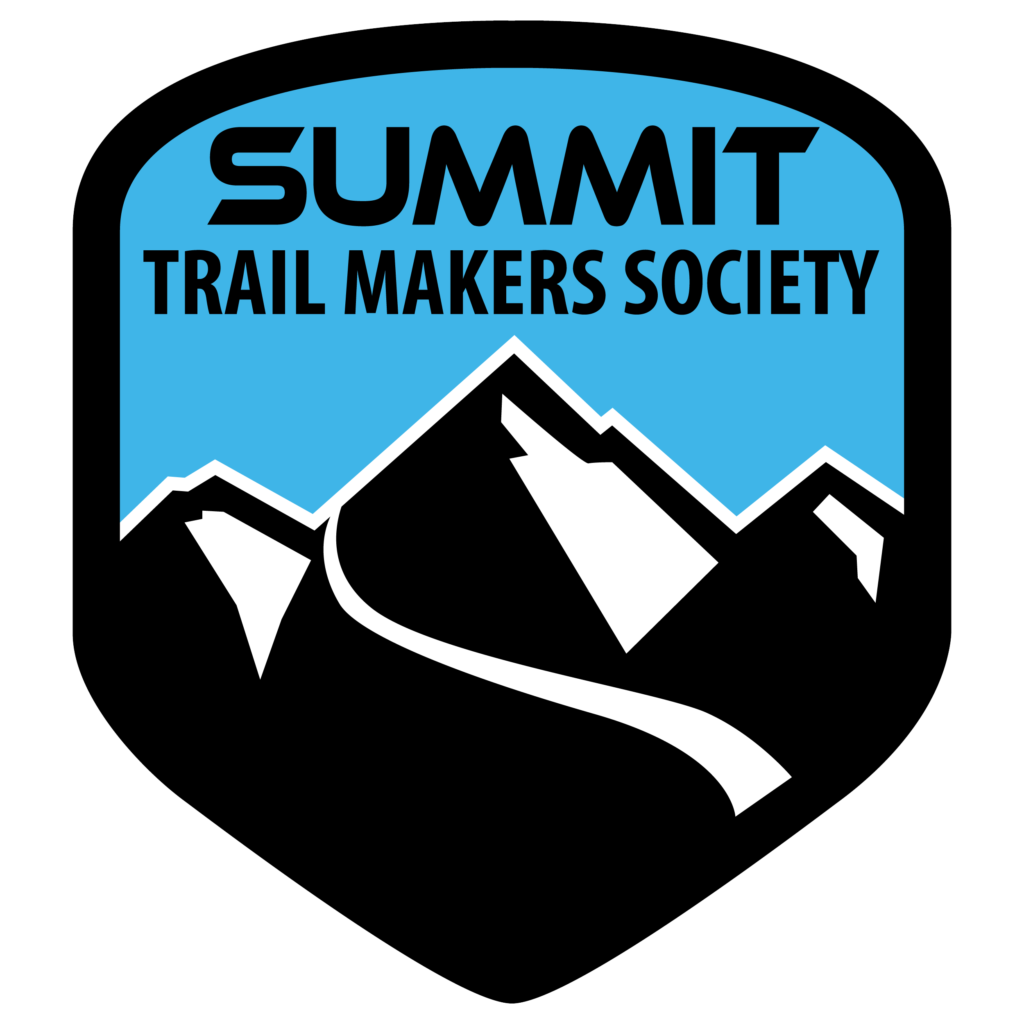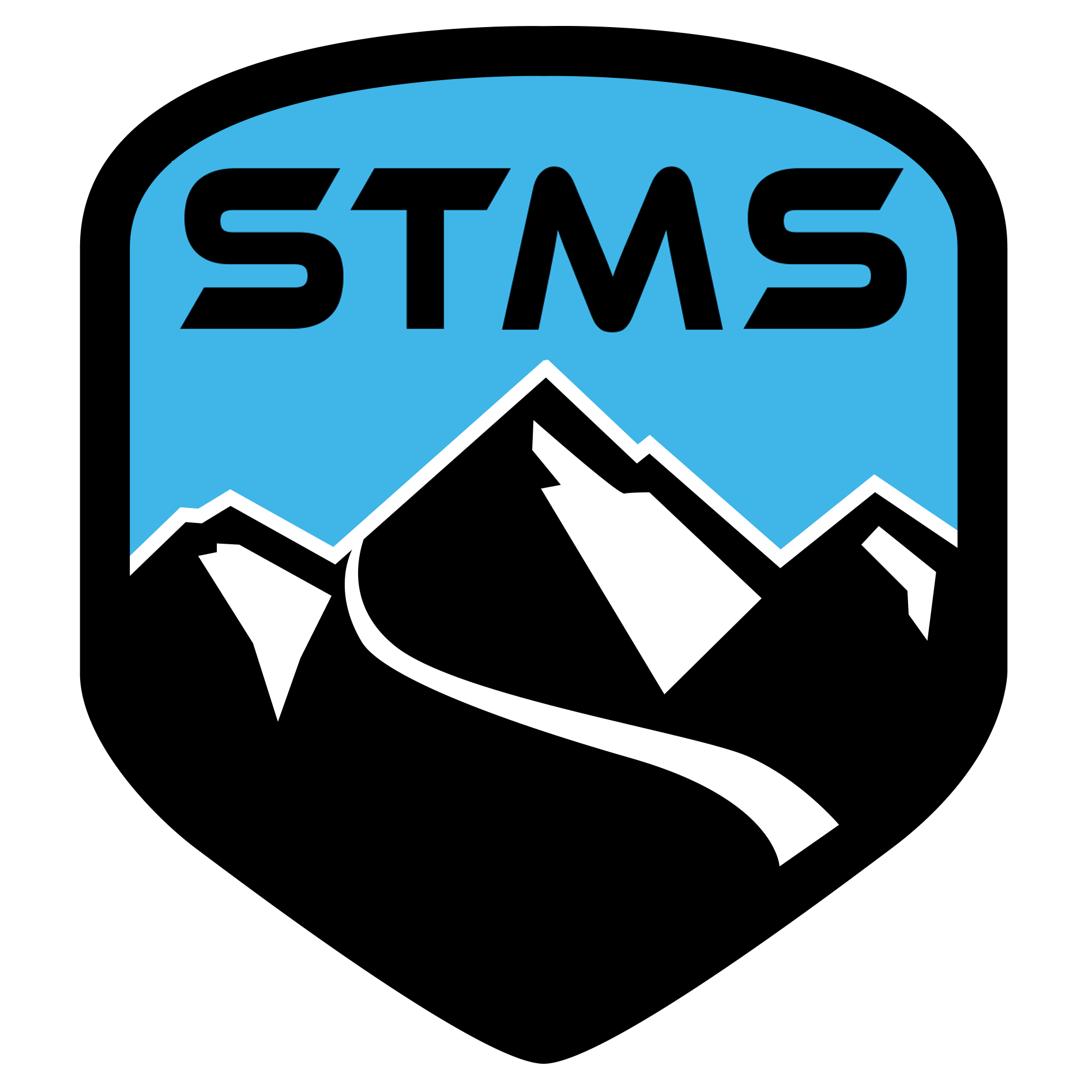ABOUT OUR SOCIETY

OUR PURPOSE
The purpose of the society is to promote safe and sustainable hiking experiences by assisting in development and maintenance of hiking trails in the Upper Columbia Valley region.
OUR HISTORY
The society was created in 2001 by a small group of hikers with a desire to “give something back”. At that time, an informal relationship was established with the B.C. Ministry of Forests. As STMS membership grew, their record of trail maintenance successes also grew, as well as their credibility with the government. By 2007, grant money from the Ministry supplemented the Society’s membership income as the province relied more and more on groups such as STMS for assistance in managing the trails. A formal partnership agreement between the province and STMS was put in place in 2011 and current term goes to 2024. Through government funding and other grants over the years, STMS has accumulated an inventory of equipment and developed a pool of skilled volunteers who greatly contribute to the happy hiking experiences available in the Columbia Valley and neighbouring mountain ranges. Although our society advocates for the hiking community, we are not a hiking society or club. We do not organize or guide hikes.
Our initial trail maintenance work bee was completed by founding members John Ashby, Brian Logan, Norbert Schab and Paul Stewart at Lake of the Hanging Glacier.
WHO WE ARE
STMS is a non-profit society registered in British Columbia and comprised of volunteers with a shared interest in enabling safe, enjoyable and environmentally responsible hiking experiences in the mountains. Our organization is responsible to our membership.
OUR GOALS
1. Working with the provincial ministry responsible for recreation sites and trails to develop and maintain hiking trails on public land
2. Work with government agencies and other organizations with similar ideals to promote trail use education, environmental stewardship and sustainable use of trails on crown land
3. Provide current information, to the best of our knowledge, for trail and corresponding road conditions for the STMS maintained trails
4. Engage with government and industry to encourage them to maintain open and passable road access to trailheads
5. Advocate for hiker interests by actively liaising with government, other involved groups, and STMS membership to support achievement of STMS’s goals
WHERE WE DO IT
In the upper Columbia Valley region (Canal Flats to Spillimacheen).
We acknowledge that the trails we maintain are on the unceded shared traditional Territory of the Ktunaxa and Secwépemc First Nations, their local bands of ʔakisq̓nuk and Shuswap, and the chosen home of the Columbia Valley Metis.
WHAT WE DO
- Provide maintenance for a set of legally defined recreation trails under a formal Partnership Agreement engagement with Recreation Sites and Trails BC (the “Agreement Trails”)
- Advocate for hiker interests in the upper Columbia Valley via a number of means including but not limited to: participating in forums, responding to recreation tenure review requests, responding to land use review requests and submission of requests for recreation site legalization (Section 57)
- Communicate, to the best of our knowledge, Agreement Trail and road access status information to our membership and pubic via our social media platforms and website
- Educate by providing information links for trail use etiquette to our membership and public via our social media and website
- Improve our Agreement Trails to make them more environmentally sustainable
- Improve and add to existing recreation trail infrastructure for our Agreement Trails (signage, primitive campgrounds, picnic tables, toilets)
WHY WE DO IT
- Provide sustainable, environmentally responsible hiking trails
- Improve public safety on the hiking trails
- Enhance community health and enjoyment
- Personal engagement and connection with like-minded people
- Desire to “give back to the community”
HOW WE DO IT
- Funding is provided by a formal trail maintenance Partnership Agreement with Recreation Sites and Trails BC, membership fees, donations and trail enhancement grants.
- Volunteers are solicited from our membership to complete work party trail maintenance or other trail related project activities. There is at least one Trail Captain responsible for each Agreement Trail who determines what is to be done and arranges the corresponding work party(s). Some Agreement Trails have more than one Trail Captain.
- An inventory of equipment suitable for trail maintenance activities is kept on hand. An equipment manager maintains equipment as required.
- Any chainsaw use requires taking a recognized course on the safe use of a chain saw. Trail Captains are encouraged to be certified with an initial level first aid course. Financial assistance is provided for safety related courses.
- Annual orientation session for Trail Captains is held to review documented trail maintenance and safety protocols.
- Volunteer engagement is supported via vehicle use compensation and at the completion of each work party a celebratory “happy hour” event is held.
- Annual AGM, including a guest speaker to encourage attendance, is held for our membership to review annual accomplishments and future plans. The meeting includes the election of a Board of Directors for the following year’s operation.
- Trail Development Strategy: In response to concerns about sustainability and conservation, we focus on our existing Agreement Trails. We want to facilitate excellent hiking experiences, provide appropriate support infrastructure and environmentally responsible trail paths. However, additional trails may be added to the Agreement Trails. Unless a trail is already legal, STMS may identify and seek its legalization (approval of a Section 57 by Recreation Sites and Trails BC) as a new Agreement Trail. STMS must have the capacity and sufficient resources to maintain a new Agreement Trail. An Agreement Trail is added using one or more of the following criteria:
- Proximity to one or more Agreement Trails: Trail clusters enhance the efficiency of maintenance operations and leverage existing road access to trailheads.
- Proximity to urban centres: consider opportunities to provide excellent, “close at hand” hiking experiences.
- An existing and popular legal trail which is not currently maintained by STMS
- Proximity to one or more Agreement Trails: Trail clusters enhance the efficiency of maintenance operations and leverage existing road access to trailheads.

